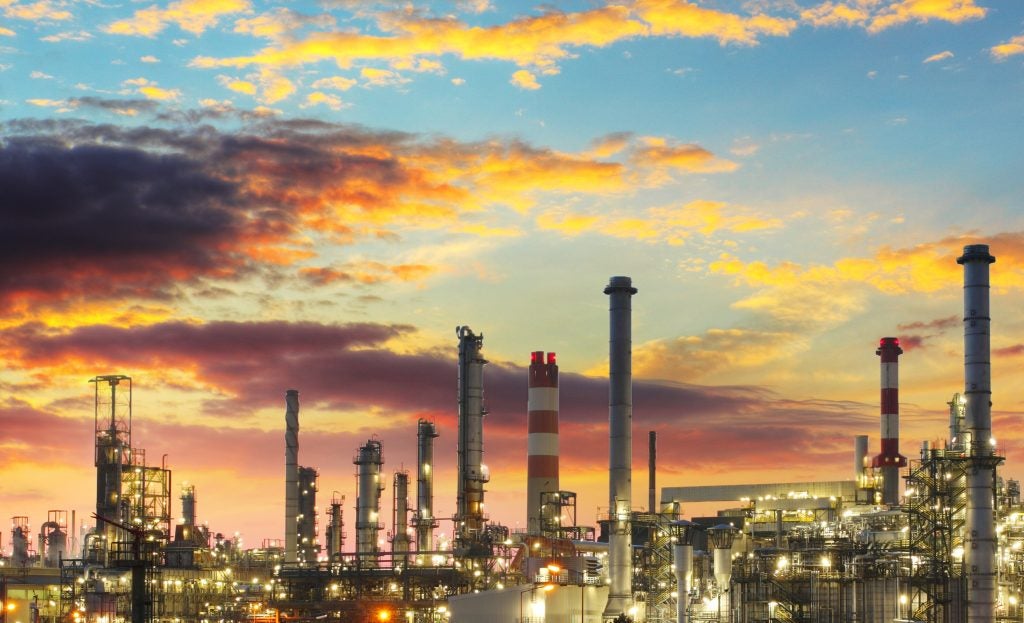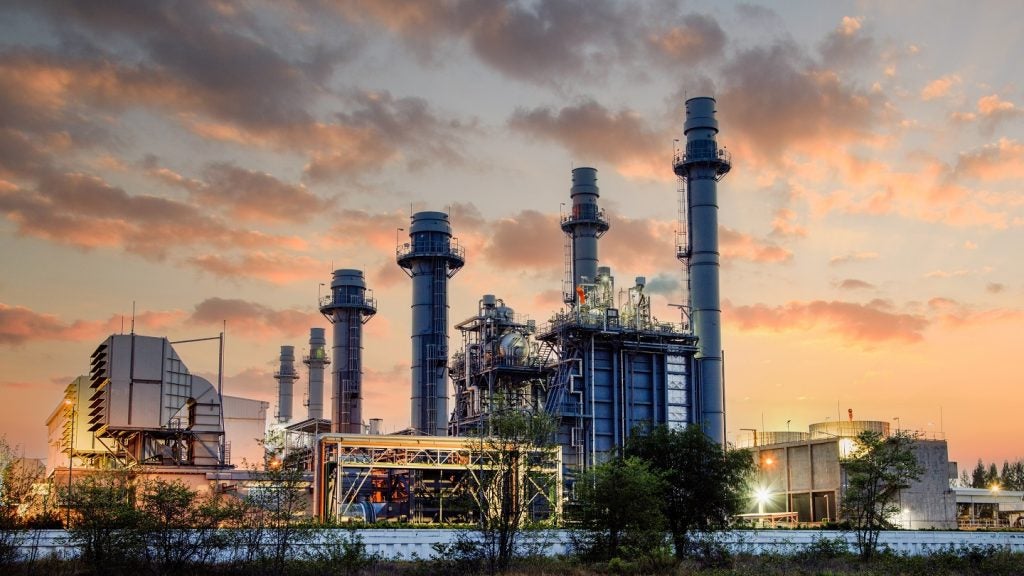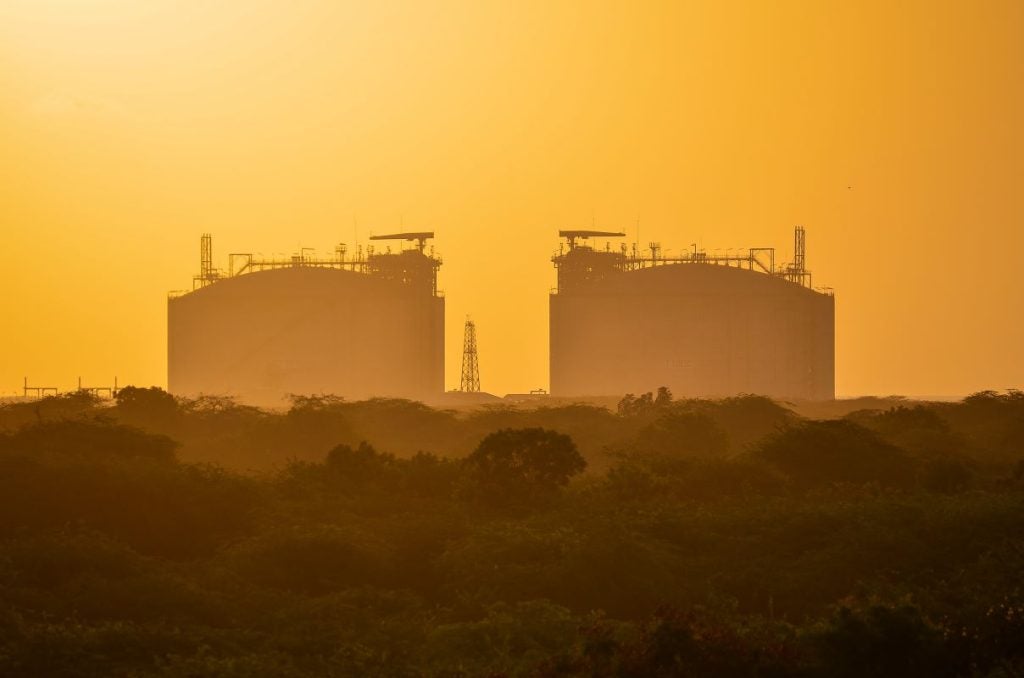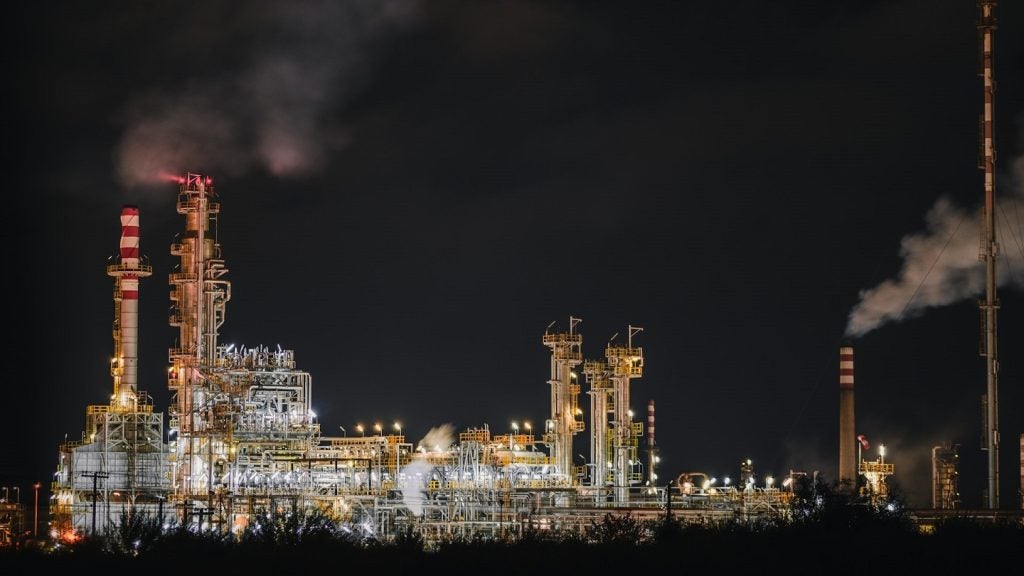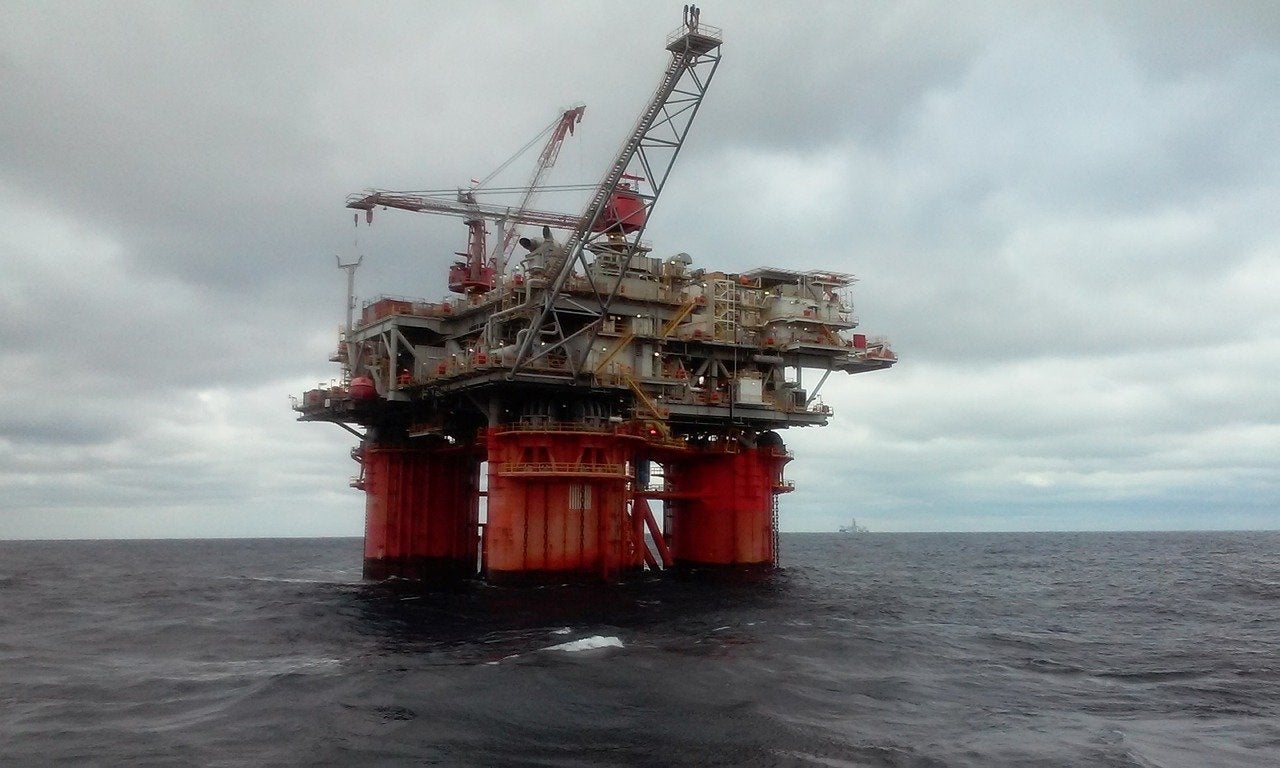
The $4.8bn Grand Tortue Ahmeyim gas field, located in the offshore waters of Mauritania and Senegal, is expected to generate its first gas in 2023, instead of 2022 due to delays caused by the Covid-19 pandemic.
Mauritania and Senegal and oil firms BP and Kosmos Energy teamed up for this project.
This project is expected to generate 2.5 million tonnes of liquefied natural gas every year and 70 million cubic feet of natural gas daily in its first phase, which will be shared equally between the two countries, Senegal’s Oil Minister Sophie Gladima told Bloomberg.
The minister told the news agency: “The start of the pandemic coincided with a key period corresponding to the development of the oil and gas fields.
“Many development-related activities, such as the mobilisation of resources and people, the construction phases on various sites around the world and installations were affected.”
According to the International Monetary Fund, over one billion barrels of oil and 40,000 billion cubic feet of gas were found in Senegal between 2014 and 2017 and most of the estimated resources were shared with Mauritania.
How well do you really know your competitors?
Access the most comprehensive Company Profiles on the market, powered by GlobalData. Save hours of research. Gain competitive edge.

Thank you!
Your download email will arrive shortly
Not ready to buy yet? Download a free sample
We are confident about the unique quality of our Company Profiles. However, we want you to make the most beneficial decision for your business, so we offer a free sample that you can download by submitting the below form
By GlobalDataThe Sangomar project, developed by Woodside Energy and located in Senegal, is estimated to have a production capacity of 75,000 to 100,000 barrels of oil per day. This $4.2bn project is also set to commence production in 2023. The state-owned oil company Petrosen will provide 18% of the project’s funding.
Yakaar-Teranga, a gas field with an estimated resource of 15 to 20 trillion cubic feet, is also expected to commence production in 2023 or 2024.
The hydrocarbons sector generated revenues of $42.5m in 2019, which is an increase of 37% from the revenues of 2018, according to a report by the National Committee of Extractive Industries Transparency Initiative.
GlobalData analysts have said that large LNG projects in the area have a breakeven price of $5-$8 per million cubic feet, allowing them to profit in a low-price environment. In its first phase, the Grand Tortue project would create 2.5 million tons per annum(mtpa) of LNG, as well as 70 million cubic feet of gas per day. Once all three phase begin operations, the project aims for 10mtpa of LNG.
However, the coronavirus pandemic has also impacted refinery capacity in Africa. GlobalData oil and gas analyst Haseeb Ahmed recently said: “Uncertainty in the LNG market and the severity and duration of the pandemic hinder long-term LNG supply contracts being signed in the near to medium term.
“The absence of new long-term contracts and a shift in preference of LNG buyers from long-term supply contracts to short-term contracts or spot purchases, will likely impact the commercial operations or start plans of some of the proposed LNG projects in Africa.



